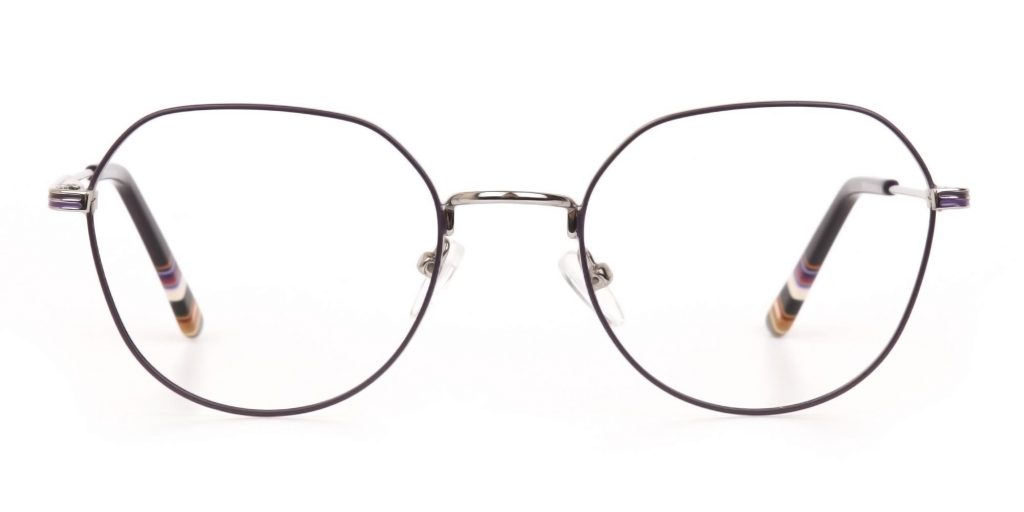

The first factor is simply the length of exposure. It can potentially cause:ĭigital eye strain is not just caused by exposure to blue light it’s caused by a combination of factors. While not serious, this condition can still be irritating and even detrimental to one’s work. In the short term, staring at screens for a long time is known to sometimes cause computer vision syndrome, or digital eye strain. The Short-Term & Long-Term Harm of Screens While blue light is not extremely dangerous and comes in far higher quantities from the sun, there is at least one study suggesting that long-term exposure to blue light through our devices may cause at least some eye harm. This type of light has short wavelengths and relatively high amounts of energy. The most troublesome light our modern devices (ranging from light bulbs to tablets) tend to produce is blue light. Old cathode ray screens (now almost completely obsolete and no longer used by the bulk of people) actually produced a tiny amount of UV rays when in use, but newer screens do not.
EYE TIMER SCREEN COMPUTER SKIN
While skin damage from UV light is often discussed, the sun’s rays can also damage the eyes. Importantly, it also produces ultraviolet (UV) rays, which are invisible but can readily cause permanent damage if you’re exposed to them for lengthy periods of time. Its white color comes from the fact that it is producing red, orange, yellow, green, blue, indigo, and violet light all at once. The sun produces a wide spectrum of light rays. This is somewhat true, although not to the degree many assume. In some respects, it makes sense to think that even light sources that are not as bright, such as computers and smartphone screens, might damage our eyes too, given enough time.

After all, the sun is one of the brightest things we encounter on a regular basis, and it is well understood that it can damage our eyes. Many people are understandably under the impression that any bright light aimed at our eyes can cause permanent damage. The accepted view is that the blue light from screens is not a major cause of long-term vision issues, though excessive use should be avoided. There is not yet a fully clear answer, so more research needs to be done.

The biggest thing to consider when it comes to screens is if and how much they may damage our eyes in the long term. If you only look at screens for a few hours a day and don’t experience any vision issues, you probably do not need to worry. Vision experts generally don’t consider screens as a source of permanent vision damage, even if extended use can cause eye irritation. The extent of this issue is not fully understood, but it is notably not serious enough to suddenly avoid all use of screens. In the long term, some studies have suggested the blue light from screens can damage retinal cells, leading to problems like age-related macular degeneration. Per the American Optometric Association, this usually isn’t serious and can mostly be solved by habitually looking away from your screen on occasion and practicing some basic techniques to reduce the strain. In the short term, blue light is mostly associated with potentially causing eye strain. Instead, the most important light to consider that screens produce is short wavelength, high-energy blue light. This is because screens aren’t as bright as the sun, and newer screens don’t generally produce UV rays, the most damaging kind of light the sun produces. In short, these screens are far less damaging than the sun. Most people know the sun can hurt our eyes but are less clear on whether to worry about other bright lights, like computer screens. Implantable Miniature Telescope Surgery.


 0 kommentar(er)
0 kommentar(er)
